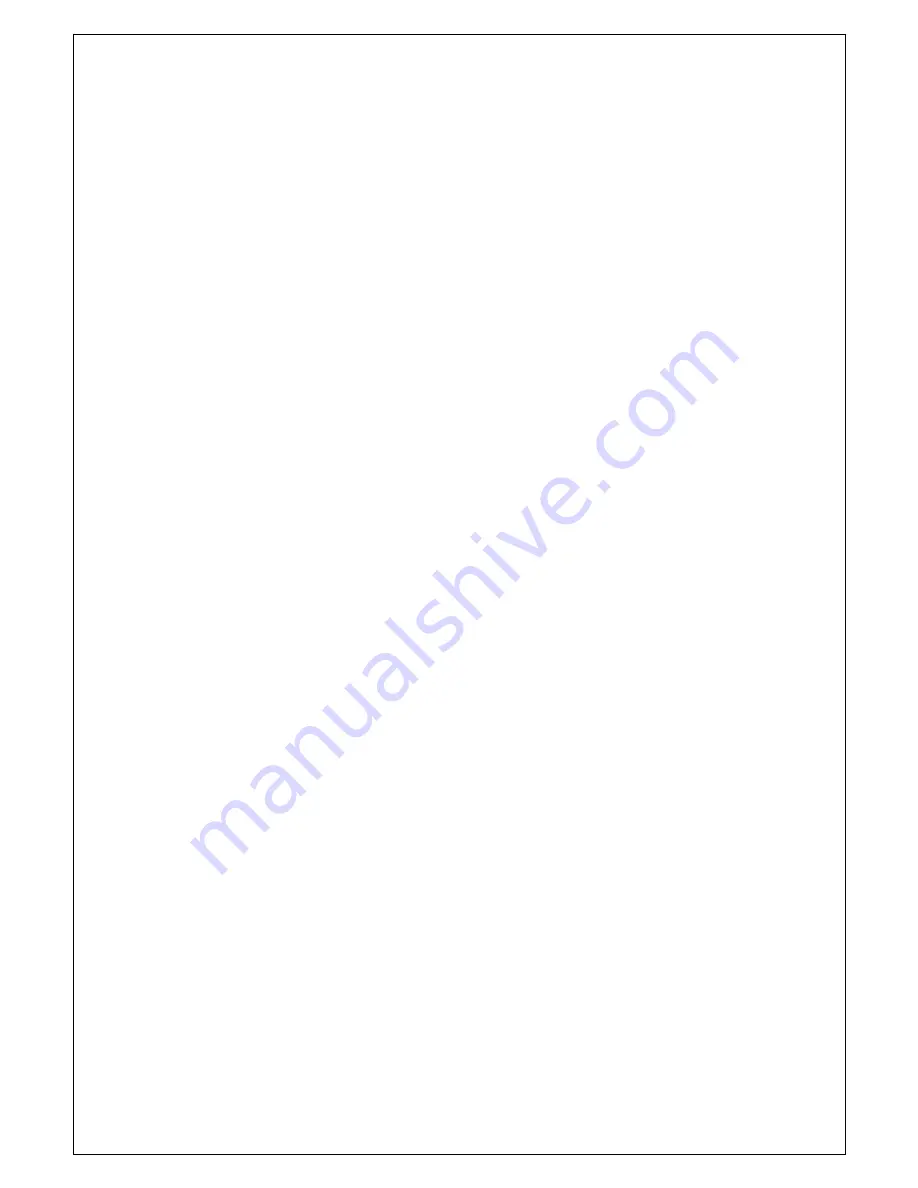
www.avpsynth.com
PAN – panning control (L-R)
CLICK TUNE – tonal click control
CLICK LEVEL – click volume control
TONE LEVEL – tone volume control
TONE SWEEP – SWEEP control of the tone
TONE DECAY – tone decay control
TONE PITCH – tone pitch control
NOISE LEVEL – noise volume control
NOISE SWEEP – noise SWEEP control
NOISE DECAY – noise decay control
NOISE CUTOFF – noise filter CUTOFF control
NOISE RESO – noise resonance control
NOISE FILTER – switch for changing between the Band-pass and Low-pass filter mode of the
noise
⑧ SEQUENCER section
STEPS
button – selects step modes (1-16 and 17-32)
1-32
button – turns on 32-step mode
SOUND SELECTION
button – selects mode of one of the seven drum synthesizers (BD, OH,
CH, CL, G1, G2, G3) plus the trigger output (TR) on the rear panel for the control of external
drum devices.
TEMPO
control – controls the speed of the steps.
LOAD
button – loads a saved programmed pattern from memory (32 slots)
SAVE
button – stores the programmed pattern to memory (32 slots)
The combination of the LOAD and SAVE buttons in a certain order allows you to delete the
dialed sequences (the
CLEAR
function).
START/STOP
button – starts and stops the sequencer.
Buttons and indicators
1-16
- multifunctional buttons and indicators that enable/disable:
sequencer steps; the midi channel number setting; storing and loading of the patterns into
the sequencer.
⑨ MIX OUTS
– 6.3 mm jacks for connecting the unit to a mixer, amplifier or other sound
device.
⑩
MIDI IN/OUT
–DIN5 connector to connect the unit to MIDI source.
⑪ TR
- 3.5 mm jack for controlling the external drum devices. Provides a pulse with
duration of 2 ms and a level of 5V.
⑫ TRIGGERS IN
– 3.5 mm jacks for external control of the unit’s sections.
⑬ INDIVIDUAL OUTS
– 6.3 mm jacks for connection to a mixer or other audio devices.
⑭ POWER
- button to turn on the unit and socket 15 VAC to connect the power adapter.






















